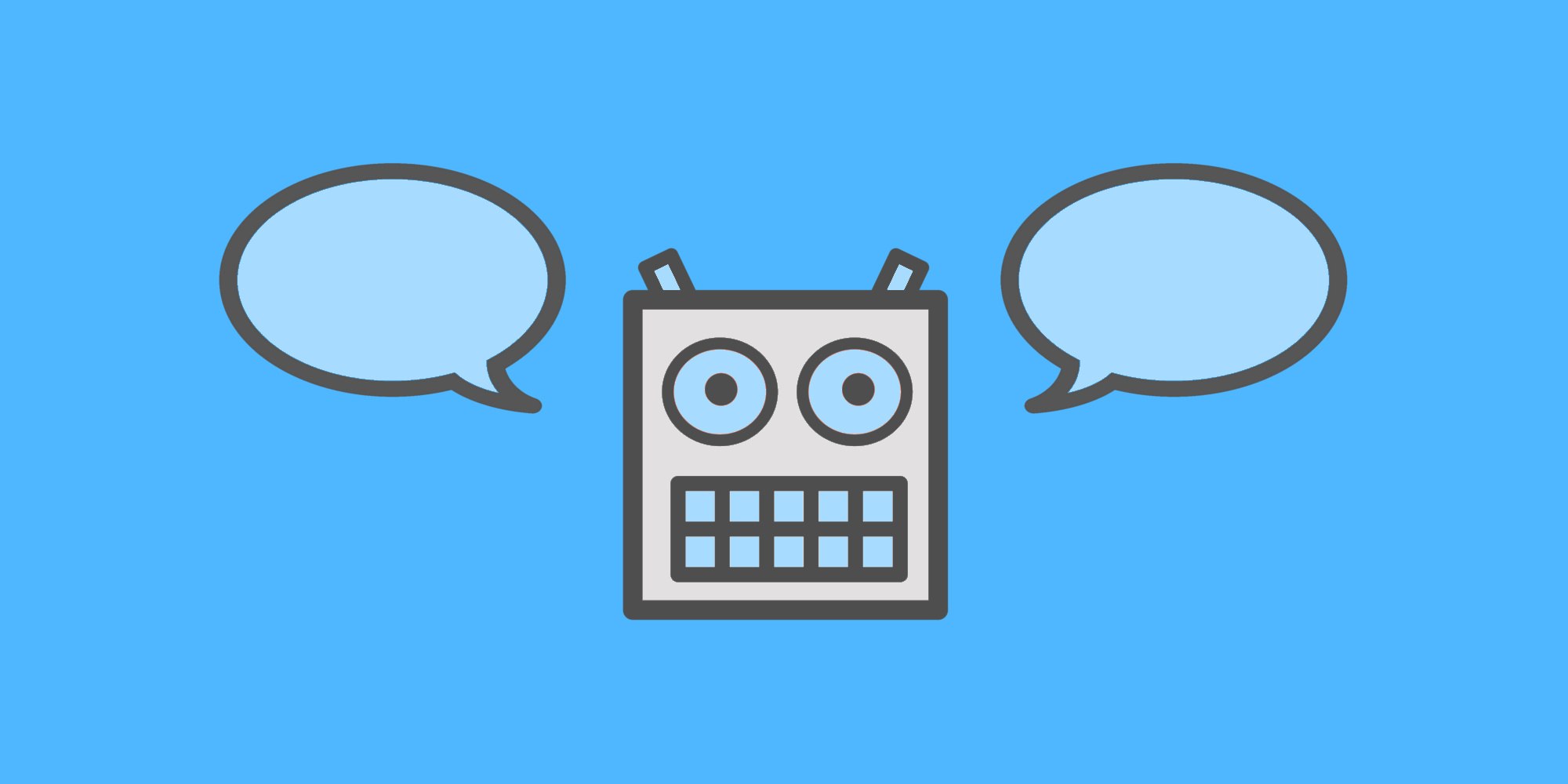
Chatbots
Are chatbots a commercially sound response to the digital evolution of customer interaction?
27th May 2016
In this age of 'on-demand' services, customers are becoming increasingly impatient. With digital and multichannel interaction, speed is the name of the game and people expect an instant response, whichever platform they select to contact you on.For a while, therefore, the onus has been on businesses to meet consumers on their own 'territory' and expand their digital presence beyond their own company websites.
All this of course takes resource, and with the growing plethora of social media platforms available, it is perhaps no wonder that developers are taking increasingly seriously the pursuit of an automated response to enquiries via digital channels.
Chatbots, as these pre-programmed responses have become known, are the latest development in the world of digital customer services, aiming to target the two billion users actively using messaging services such as Whatsapp and Messenger.
Chat what?
Essentially, chatbots (derived from 'chatter bot') are computer programmes that simulate conversation using artificial intelligence.
Essentially, chatbots (derived from 'chatter bot') are computer programmes that simulate conversation using artificial intelligence.
Chatbots, in the most basic sense, are nothing new and the earliest incarnations date back to the 1960s. Microsoft Word’s 'Clippy' character was one of the early mass market attempts to interact with customers using technology rather than human contact. The on-screen prompt provided users with pre-programmed advice to help them create a document. Why the sudden surge in popularity?
The activities of Facebook and Microsoft are generally seen as a litmus test for what’s hot in tech, and with both these companies having launched chatbots in recent months, the indicators are that this technology is being taken very seriously indeed. By integrating the use of chatbots with its Messenger platform, Facebook allows companies to respond to customers via this channel, and with richer content than has hitherto been possible. Beyond simple text responses to questions, companies can programme structured messages including links to company websites, images and call to action buttons.
Elsewhere, a bot shop was also recently launched by Kik, the chat application that is winning popularity with teenagers, while in China, WeChat allows companies to have official accounts through which they can interact directly with customers.
Do chatbots have a place in industry?
Perhaps one of the most interesting examples of a chatbot, particularly to those operating in the financial services sector, is Digibank, which launched in India earlier this year. This enables people to open accounts with a bank that is only accessible via mobile devices. The Digibank service is staffed by chatbots programmed with the intelligence to answer thousands of questions submitted via web-chat. The machine learning system, which was created by the same New York based company behind Apple’s Siri assistant, 'trained' the platform using millions of questions asked by customers during their banking experience. Limiting the tool to these questions allowed the programme to engage in human like conversations, and eliminated potential damage to the businesses reputation by limiting the machine in what it can learn.
The pitfalls
While enterprises such as Digibank look promising, there are risks when it comes to trusting customer communications to a robot. Microsoft’s infamous Tay saga turned into a well-publicised example of what can happen when things go wrong. The biggest issue with the Tay experiment was that developers installed an algorithm into the system that allowed it to learn things beyond its initial parameters, meaning the system picked up the tone and language of those interacting with it, and resulting in a racist, misogynistic rant on Twitter. Could chatbots have a role in the world of insurance retail?
Assuming lessons are learned from incidents such as Taygate – and the Digibank example suggests they are being heeded – then chatbots may soon have a role in insurance retail operations.One of the major appeals of the technology is that they allow customers to communicate via app, while avoiding the hassle of downloading several apps for things that are only occasionally needed.
One of the major appeals of the technology is that they allow customers to communicate via app, while avoiding the hassle of downloading several apps for things that are only occasionally needed.
The question remains though whether by limiting their use to pre-programmed questions, they are genuinely useful or little more than a 'Clippy style' search function. One of the biggest problems facing businesses when it comes to digital innovation is determining how, and where, to invest their resources. Too often companies get caught up in the hype of a new digital product and waste thousands, or millions, creating a platform that doesn't work for them or their customers.
Nonetheless, with the growing popularity of 'chat' applications, and the potential savings in time responding to factual queries around existing policies and renewals, chatbots may well have a valuable role to play.
Given this benefit for the consumer, combined with the efficiency gains for contact centre operations, it seems appropriate to sit up and take note. If you're a fast follower, then at the very least chatbots are 'one to watch', while if you like to lead the way in the world of insurance, now is the time to act.
© 2025 Cheshire Datasystems Limited
Top Employer

